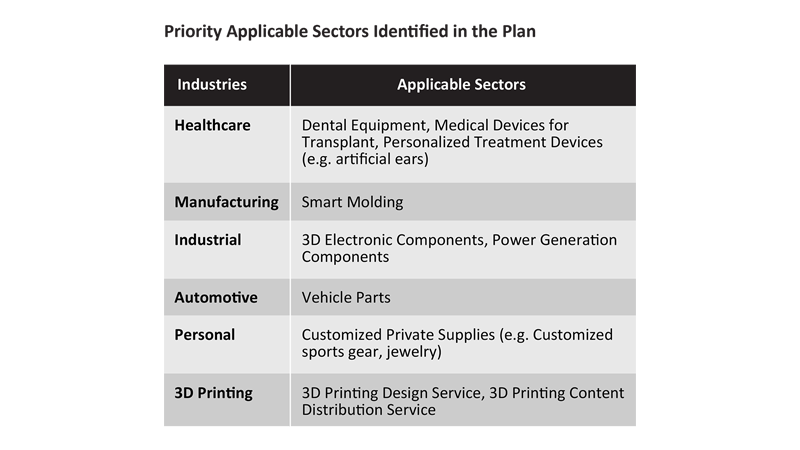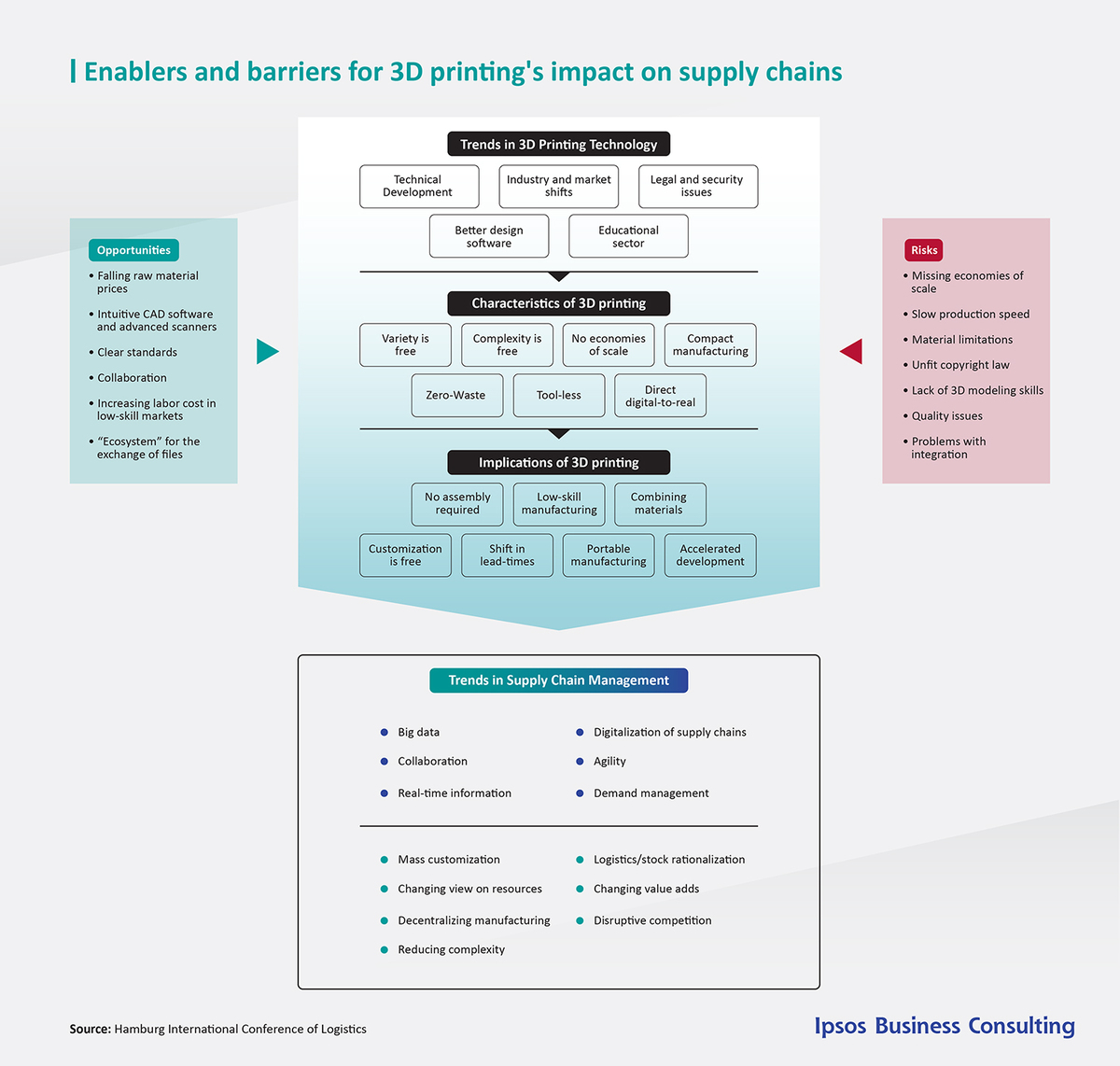
3D Printing
3D Printing
3D printing is truly revolutionary. The ability to print bespoke parts and products will transform industrial manufacturing as well as many other sectors including Healthcare. Whilst the technology has still to be fully utilised, developers are already working on turning 4D printing – which will allow the printed product to change shape!
Whilst surveys show that many industrial manufacturers have been slow to adapt this new technology, the trend is changing. More and more companies will follow as the range of printable materials continues to expand beyond basic plastics and resins to more complex materials such as ceramics, glass, cement and alloys.
World economies and business will be witness to huge changes in the fundamentals of business over the coming decade. The big three issues – Big Data, Robotics and 3D Printing will undoubtedly change the way in which we do business and the way in which we identify, and use both skilled and unskilled labour: the ramifications of which could be enormous. Indeed, the European Parliament has already started looking at the need for a universal income for EU citizens as these new technologies begin to reach maturity and become main stream.
This latest industry report from Ipsos Business Consulting gives consideration to the likely impact on manufacturing and the supply chain. Specifically, the report looks at:
- Mass Production: How 3D printing will change manufacturing
- Impact on Supply Chains: Fundamental changes for global logistics and supply chain management
- The potential changes in the way that Third Party Logistics and Fourth Party Logistics conduct business
- 3D printing landscape in Southeast Asia
- 3D Printing industry in China
- 3D Printing industry in India
3D Printing in Korea
The Korean 3D printing market is expected to undergo a 22.9% CAGR from 2016 to 2019, which is lower than that of the global market at 31%. The difference is mainly due to the relatively late adoption of the technology compared to other advanced countries, which means a longer initial stage is required within the Korean market.

Following current projections, 3D printing is on course to reach a total industry value of USD376 million by 2018. This continuing rise highly correlates with the understanding shared by both government and the general public that the fourth industrial revolution, including 3D printing, is the key to future growth in Korea.
As with other young technologies, the 3D printing landscape is still being shaped by some key players within industry. But it is already beyond doubt that this technology will have an impact on all industry sectors and all of society.




